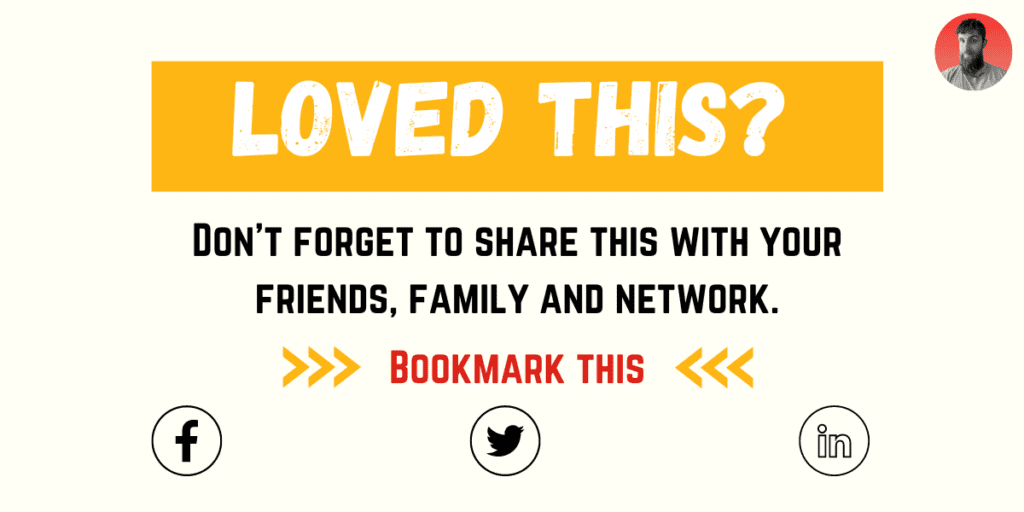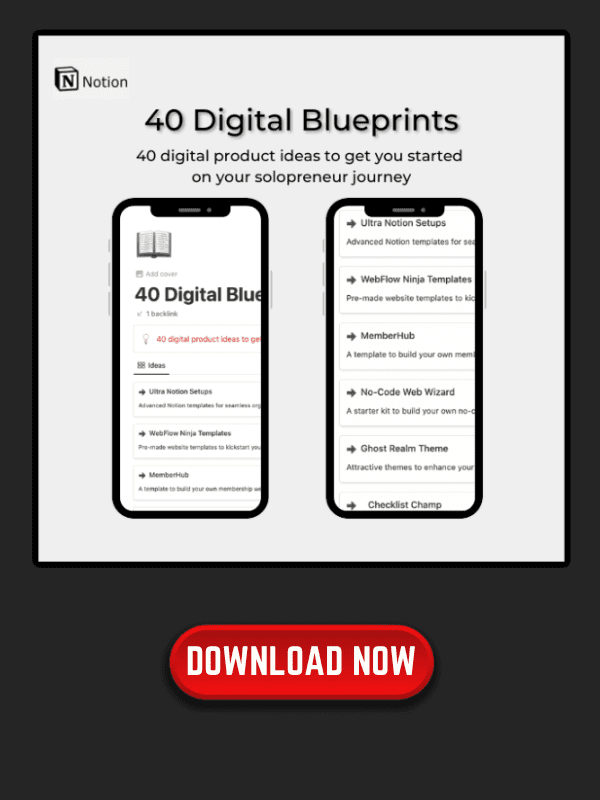The Ultimate Guide to Sell Digital Products
Are you interested in knowing how to sell digital products but don’t know where to start? You’re not alone. Developing a digital product can be a daunting task, but with the right guidance, you can turn your idea into a reality. The Ultimate Guide to Digital Products is here to help you navigate the process from start to finish.
This guide covers everything you need to know about digital product development. You’ll learn about understanding digital products, research and planning, product development, resources and tools to create the product, marketing and promotion, launching and selling, product management, and even using no-code tools.
Whether you’re a seasoned entrepreneur or just starting out, this guide will provide you with valuable insights and practical advice to help you create a successful digital product.
- The Ultimate Guide to Digital Products covers all aspects of digital product development, from research and planning to launching and selling.
- With the right guidance and resources, anyone can create a successful digital product.
- No-code tools are a valuable resource for digital product development, even for those without coding experience.
Table of Contents
Understanding Digital Products
Creating digital products can be a lucrative business, but before you dive in, it’s important to understand what digital products are and the different types available.
What are Digital Products?
Digital products are intangible items that can be downloaded or accessed online. They can take many forms, such as software, e-books, music, videos, courses, and more. Unlike physical products, digital products have no physical form and can be easily duplicated and distributed.
Digital products can be created once and sold many times, making them a great source of passive income. They also have low overhead costs since there are no shipping or manufacturing costs associated with them.
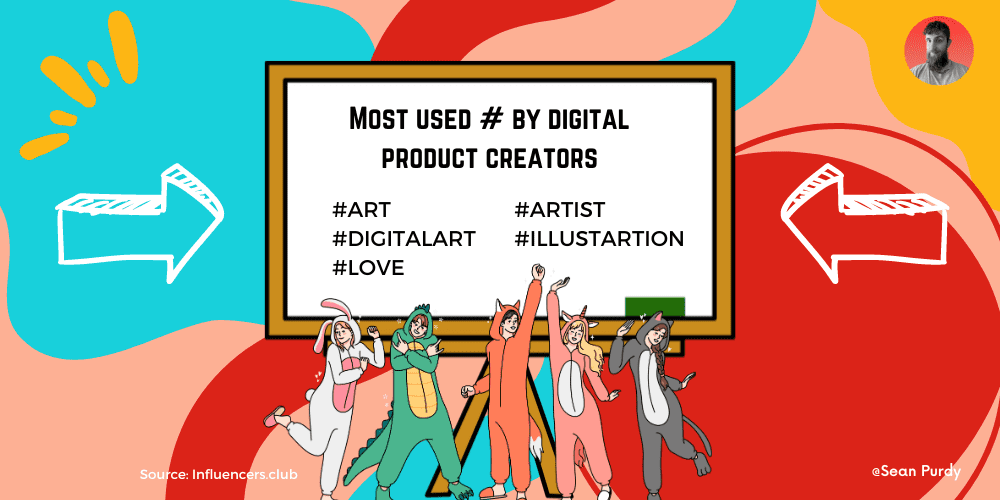
Digital Products to Sell
Understanding how to sell digital products and the type you choose to create will depend on your skills, interests, and target audience. Here are some common types of digital products to sell:
Software: This includes apps, plugins, and software programs that users can download and install on their devices.
E-books: These are digital books that can be downloaded and read on devices such as e-readers, tablets, and smartphones.
Music and Audio: This includes digital music, podcasts, and audiobooks that can be downloaded or streamed online.
Videos: This includes digital videos, movies, and TV shows that can be downloaded or streamed online.
Courses: These are online courses that teach a specific skill or subject. They can be in the form of videos, webinars, or e-books.
Templates and Graphics: This includes digital templates, such as website templates, resume templates, and social media templates, as well as digital graphics, such as icons, logos, and illustrations.
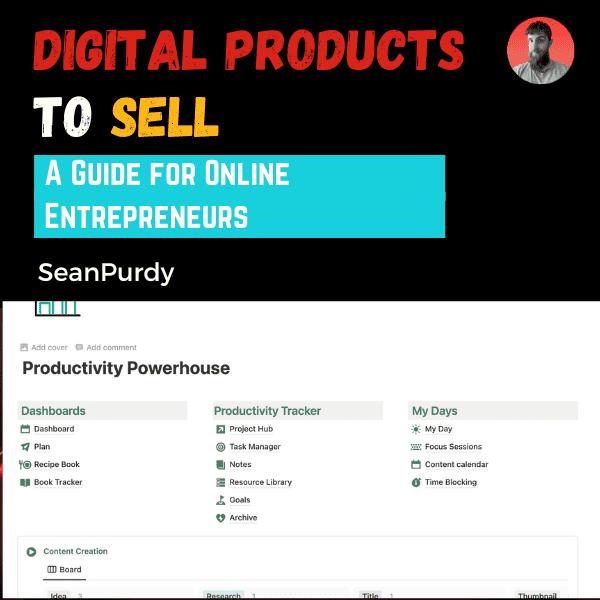
Digital Products to Sell: A Guide for Online Entrepreneurs
Delve deeper into digital products to sell and find your true solopreneur digital product journey. Read my article below:
Digital product Ideas
Looking to start a side hustle or generate passive income? Knowoing how to sell digital products is an excellent avenue to explore. Digital products encompass a wide range of assets or media that can be sold online, catering to various creative disciplines such as photography, writing, and design.
To successfully venture into this realm, it’s crucial to understand the concept of digital products. They encompass a diverse array, including music, fonts, Photoshop presets, online courses, and various online services. What sets digital products apart is their intangible nature, allowing for instant delivery to customers, making them highly sought after by both creators and consumers alike.
Lets explore the different types you can create, effective strategies for building an audience, and proven methods for successfully selling them to generate profitable returns. Whether you’re a seasoned creator or just starting out, this guide will equip you with the knowledge and insights you need to thrive in the digital product market.
Find out more in the article below on digital product ideas.

Digital Product Ideas to make Money
Delve in deeper to find digital product ideas to make money.
When creating a digital product, it’s important to consider your target audience and what type of product would be most valuable to them. You should also consider the level of competition in your chosen niche and how you can differentiate your product from others on the market.
In summary, digital products are intangible items that can be easily distributed online. They have low overhead costs and can be created once and sold many times, making them a great source of passive income. There are many types of digital products available, and the type you choose to create will depend on your skills, interests, and target audience.
Research and Planning

When it comes to creating and understanding how to successful sell digital products, research and planning are critical. By taking the time to identify a product idea, understand your customer pain points, research the market, and define your goals and objectives, you can increase your chances of success. Here are some steps to help you get started:
Identifying a Product Idea
The first step in creating a digital product is identifying a product idea. This could be something that solves a problem for your target audience or fills a gap in the market.
Brainstorm ideas with your team or conduct surveys to gather feedback from potential customers. Once you have a list of ideas, evaluate them based on their feasibility, market potential, and alignment with your brand values.
What are Your Customer Pain Points
Understanding your customer pain points is crucial to creating a product that meets their needs.
Conduct surveys, interviews, and focus groups to gather insights on what your target audience struggles with and what they are looking for in a digital product. Use this information to refine your product idea and ensure that it addresses their needs.
Researching the market is essential to understanding the competitive landscape and identifying opportunities for growth.
Analyze your competitors’ products, pricing, marketing strategies, and customer feedback. Use this information to refine your product idea and differentiate yourself from the competition.
Defining Goals and Objectives
Defining clear goals and objectives is critical to measuring the success of your digital product. Determine what metrics you will use to track progress, such as user engagement, revenue, or customer satisfaction. Set realistic targets and establish a timeline for achieving them.
Brainstorm
Once you have gathered all the necessary information, it’s time to brainstorm and develop a plan for your digital product.
Use tools like mind maps, flowcharts, or storyboards to visualize your product and identify potential roadblocks. Refine your product idea and create a detailed plan that outlines the development process, marketing strategy, and launch timeline.
Best digital products to sell
Once you know you have researched the market, know your customer’s pain points, and the product you want to create, you’re ready to go.
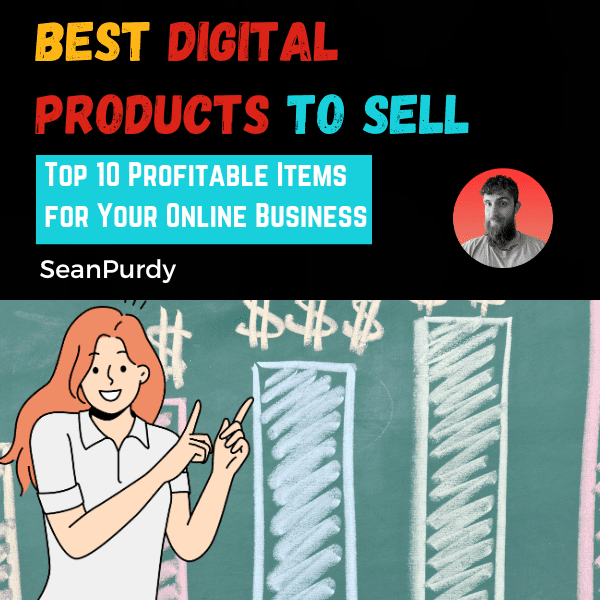
Best Digital Products to Sell: Top 10 Profitable Items for Your Online Business
Want more inspiration then check of these 10 profitable item for your online store.
ℹ️ Remember
By following these steps, you can create a solid foundation for your digital product and increase your chances of success. Remember to stay flexible and adapt your plan as needed based on feedback from customers and changes in the market.
Digital Product Development
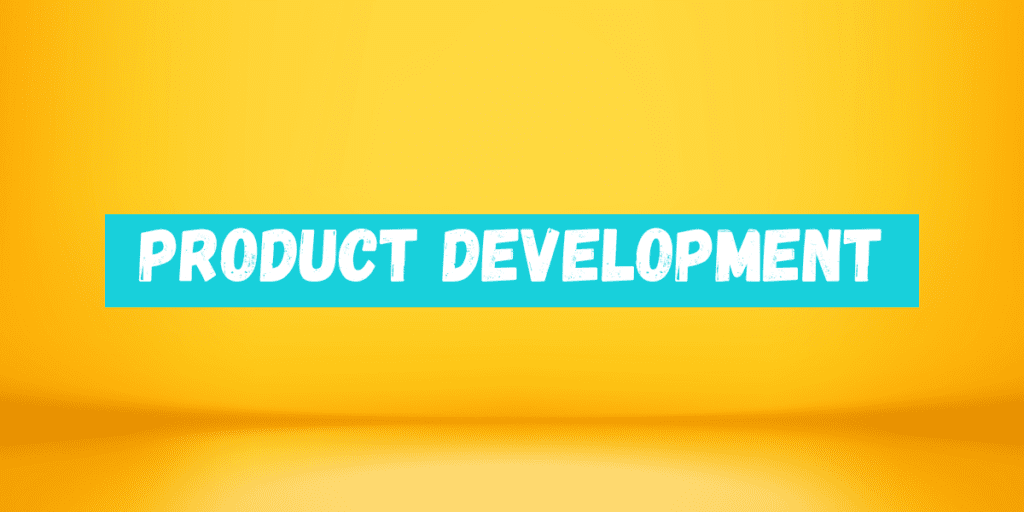
When it comes to digital product development, there are several important factors to keep in mind. In this section, we’ll explore some of the best practices in product development, product architecture, product-market fit, design thinking, prototyping, and testing.
Best Practices in Product Development
Product development is a crucial aspect of creating a successful digital product. To ensure that your product is developed effectively, it’s important to follow some best practices. These include:
- Clearly defining your product vision and goals
- Conducting thorough market research to identify customer needs and pain points
- Creating a detailed product roadmap to guide development
- Developing a minimum viable product (MVP) to test your product concept
- Continuously iterating and improving your product based on user feedback
Product Architecture
Product architecture refers to the overall structure and organization of your digital product. This includes everything from the user interface to the backend infrastructure. To create a solid product architecture, it’s important to:
- Define your product’s technical requirements
- Choose the right technology stack for your product
- Create a scalable and flexible architecture that can adapt to changing user needs
- Ensure that your product is secure and compliant with relevant regulations
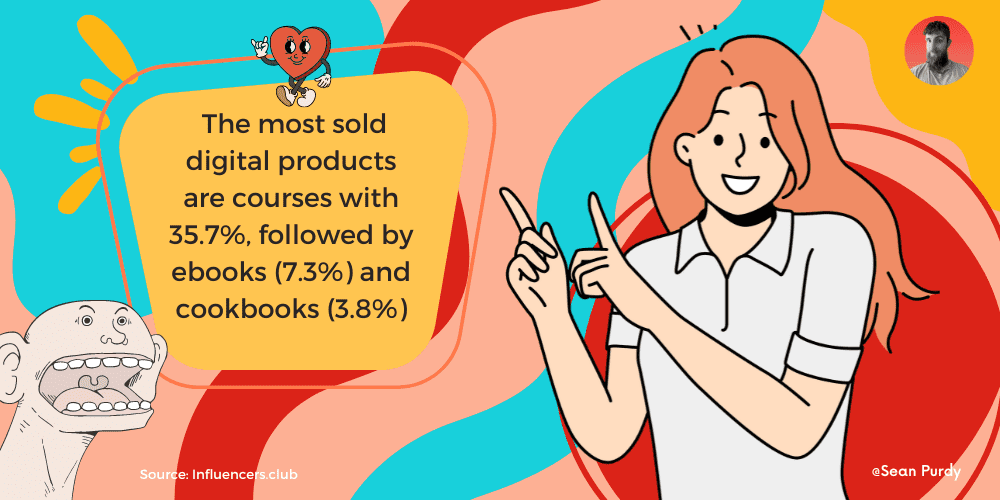
Product-Market Fit
Product-market fit refers to how well your product meets the needs and desires of your target market. To achieve product-market fit, it’s important to:
- Identify your target market and their specific needs
- Develop a product that solves a real problem for your target market
- Continuously gather feedback from your target market to improve your product
Design Thinking
Design thinking is a human-centered approach to product development that focuses on understanding user needs and creating products that meet those needs. To apply design thinking to your digital product development process, you should:
- Empathize with your users to understand their needs and pain points
- Define the problem you’re trying to solve
- Ideate potential solutions
- Prototype and test your solutions
- Iterate based on user feedback
Prototyping and Testing
Prototyping and testing are essential steps in the product development process. To effectively prototype and test your digital product, you should:
- Create low-fidelity prototypes to quickly test and iterate on your product concept
- Develop high-fidelity prototypes to test the user experience and user interface
- Conduct usability testing to gather feedback from users
- Continuously iterate and improve your product based on user feedback
ℹ️ Remember
By following these best practices in product development, product architecture, product-market fit, design thinking, prototyping, and testing, you can create a successful digital product that meets the needs of your target market.
Resources and Tools To Create The Product
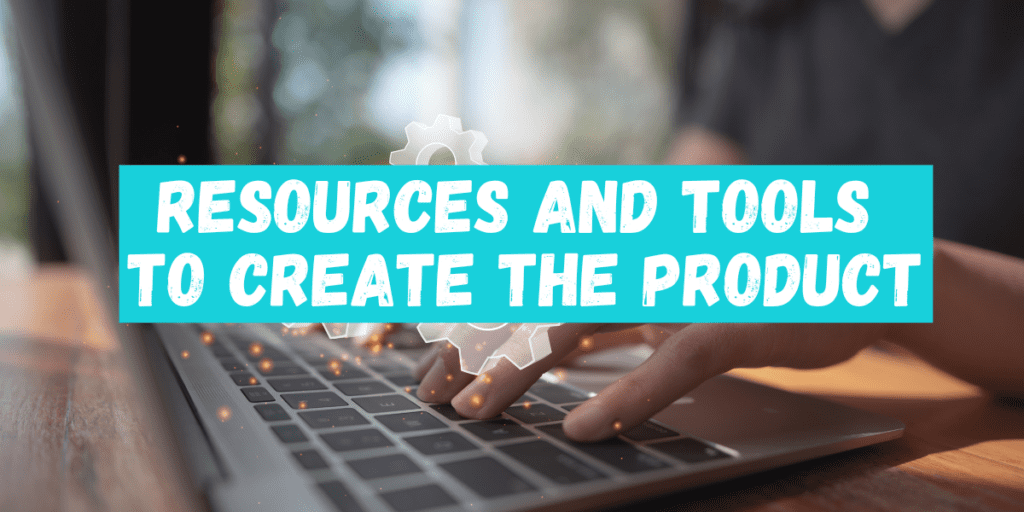
When it comes to creating to sell digital products, having the right tools can make all the difference. In this section, we’ll cover some of the top resources and tools to help you create your digital product.
Top 10 Free Tools to Create Digital Products
Canva: Canva is a great tool for creating graphics, social media posts, and other visual content. It’s free to use and has a user-friendly interface.
Google Docs: Google Docs is a free word processing tool that allows you to collaborate with others in real-time. You can use it to create written content, such as eBooks or whitepapers.
Trello: Trello is a free project management tool that can help you keep track of tasks and deadlines. It’s great for organizing your workflow and staying on top of your to-do list.
Hootsuite: Hootsuite is a free social media management tool that allows you to schedule posts across multiple platforms. It’s a great way to save time and streamline your social media strategy.
Audacity: Audacity is a free audio editing tool that allows you to record and edit audio files. It’s great for creating podcasts, audiobooks, and other audio content.
OBS Studio: OBS Studio is a free video recording and streaming tool that allows you to create high-quality video content. It’s great for creating tutorials, webinars, and other video content.
Notion: Notion is a fremium No-code tool to ramp up your productivity but you can use it as a crm and so much more, even use it to create templates
WordPress: WordPress is a free content management system that allows you to create and manage your website. It’s a great way to create a landing page or website for your digital product.
Mailchimp: Mailchimp is a free email marketing tool that allows you to send email campaigns to your subscribers. It’s a great way to promote your digital product and keep your subscribers engaged.
Google Analytics: Google Analytics is a free web analytics tool that allows you to track your website’s traffic and user behavior. It’s a great way to understand your audience and optimize your website for conversions.
ℹ️ Remember
By using these free tools, you can create high-quality digital products to sell without breaking the bank. Whether you’re creating written content, visual content, or audio content, there’s a tool out there that can help you bring your vision to life.
Digital Product Marketing and Promotion
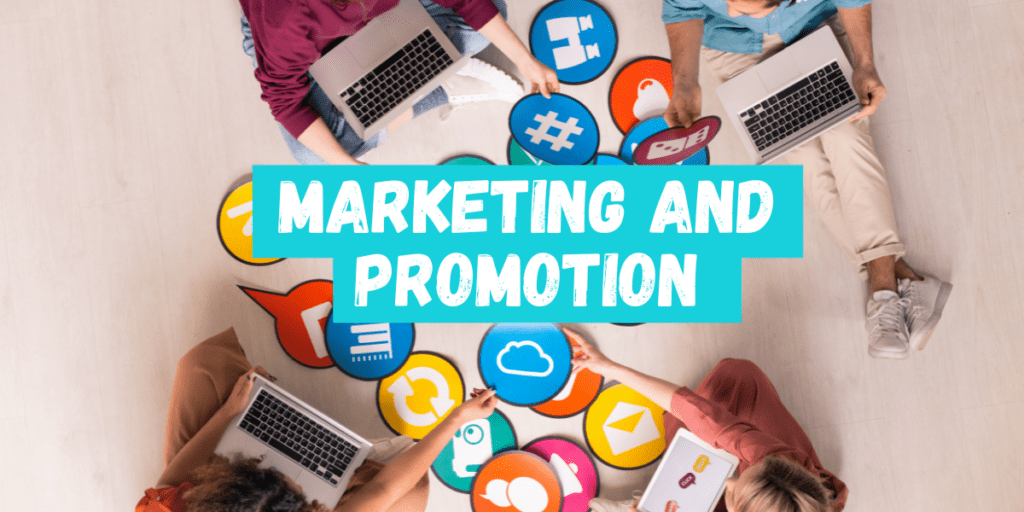
When it comes to digital products, marketing and promotion are crucial to your success. In this section, we’ll cover some key strategies and tactics that you can use to get your product in front of your target audience.
Digital Marketing Strategy
Before you start promoting to sell digital product, you need to have a clear digital marketing strategy in place. This should include things like your target audience, your unique selling proposition, and your goals for the campaign. By having a solid strategy in place, you’ll be able to create more effective marketing campaigns that resonate with your audience.
Marketing Tactics
There are a variety of marketing tactics that you can use to promote your digital product. Some of the most effective include:
- Social Media and Advertising: Social media platforms like Facebook, Instagram, and Twitter are great places to promote your digital product. You can also use paid advertising on these platforms to reach a wider audience.
- Email Marketing: Email marketing is a powerful way to promote your digital product to your existing audience. By sending targeted email campaigns, you can drive more sales and engagement.
- Content Marketing: Creating valuable content that’s related to your digital product is a great way to attract new customers. This could include blog posts, videos, podcasts, and more.
- Audio and VideoMarketing: Audio and video marketing can be particularly effective for digital products. Consider creating a podcast or video series that’s related to your product to attract new customers.
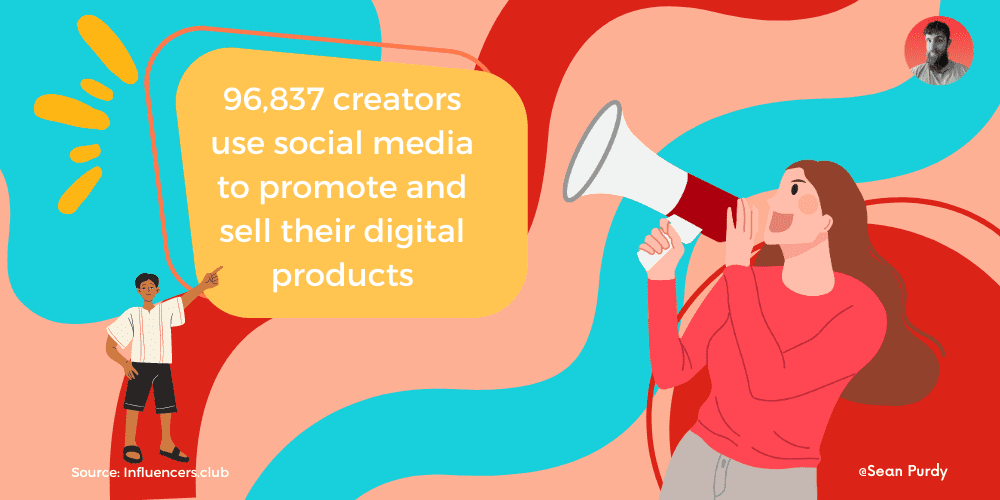
Social Media and Advertising
Social media platforms like Facebook, Instagram, and Twitter are great places to promote your digital product. You can use these platforms to build your brand, engage with your audience, and drive traffic to your website. Paid advertising on these platforms can also be a powerful way to reach a wider audience. When using social media and advertising, it’s important to create engaging content that resonates with your target audience.
Email Marketing
Email marketing is a powerful way to promote your digital product to your existing audience. By sending targeted email campaigns, you can drive more sales and engagement. When creating email campaigns, make sure that your messaging is clear and concise, and that your call-to-action is prominent.
Content Marketing
Creating valuable content that’s related to your digital product is a great way to attract new customers. This could include blog posts, videos, podcasts, and more. When creating content, make sure that it’s high-quality and provides value to your audience. You can also use content marketing to build your brand and establish yourself as an authority in your industry.
Audio and Video Marketing
Audio and video marketing can be particularly effective for digital products. Consider creating a podcast or video series that’s related to your product to attract new customers. When creating audio and video content, make sure that it’s high-quality and engaging, and that it provides value to your audience.
ℹ️ Remember
By using these marketing strategies and tactics, you can effectively promote your digital product and reach a wider audience. Remember to always have a clear digital marketing strategy in place, and to create engaging content that resonates with your target audience.
Sell Digital Products
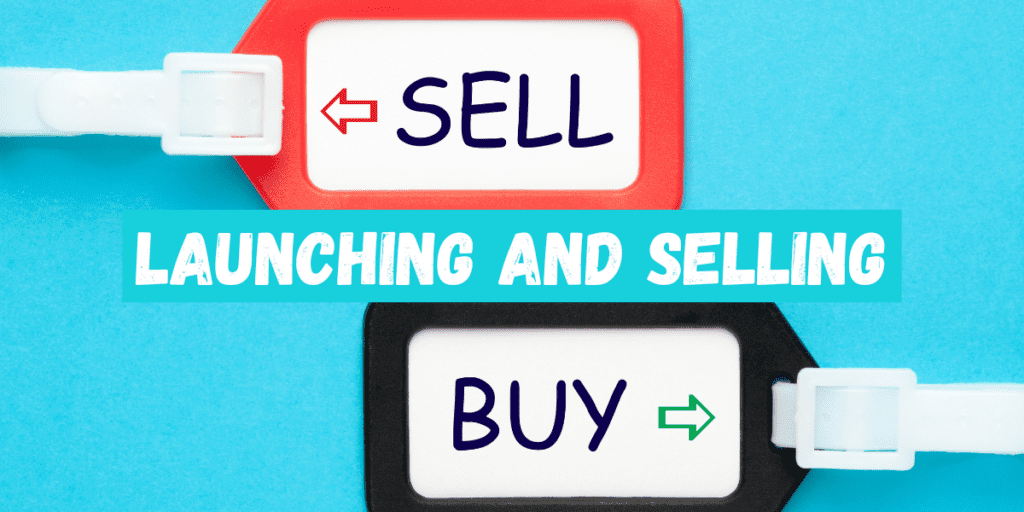
When it comes to launching and selling digital products, there are a few key strategies you should keep in mind. From product launch to pricing and customer service, here are some tips to help you make the most of your digital product sales.
Product Launch Strategies
Launching your digital product can be a nerve-wracking experience, but with the right strategy, you can make it a success. Here are a few tips to keep in mind:
- Build buzz before launch: Use social media, email marketing, and other channels to build excitement and anticipation before your launch date.
- Offer early bird discounts: Encourage early adopters by offering discounts or bonuses for those who purchase your product during the launch phase.
- Leverage influencers: Reach out to influencers in your niche to help spread the word about your product.
Pricing Strategies
Pricing your digital product is a balancing act. You want to make sure you’re charging enough to make a profit, but not so much that you turn off potential customers. Here are a few pricing strategies to consider:
- Tiered pricing: Offer different pricing tiers with varying levels of access or features.
- Pay what you want: Allow customers to set their own price for your product.
- Time-limited discounts: Create a sense of urgency by offering time-limited discounts.
Customer Service
Providing excellent customer service is crucial to the success of your digital product. Here are a few tips to help you provide top-notch support:
- Be responsive: Respond to customer inquiries and support requests in a timely manner.
- Offer multiple channels of support: Provide customers with multiple ways to get in touch, such as email, chat, or phone.
- Provide clear documentation: Create clear documentation and tutorials to help customers get the most out of your product.
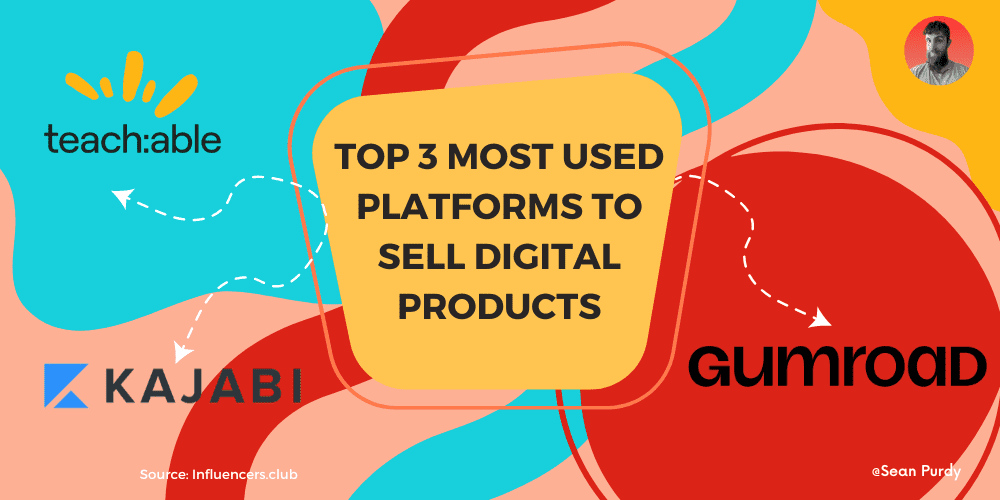
E-Commerce Platforms and Marketplaces
Choosing the right e-commerce platform or marketplace can make a big difference in the success of your digital product. Here are a few things to consider:
- Platform fees: Look for a platform with reasonable fees that won’t eat into your profits.
- Integration with other tools: Make sure the platform integrates with the other tools you use, such as email marketing or analytics.
- Marketplace reach: Consider selling your product through a marketplace to reach a wider audience.
Reselling and Infrastructure
Reselling your digital product can be a great way to reach new customers and generate additional revenue. Here are a few tips to keep in mind:
- Offer reseller discounts: Encourage others to sell your product by offering reseller discounts or commissions.
- Protect your product: Use digital rights management (DRM) tools to prevent unauthorized sharing or distribution of your product.
- Invest in infrastructure: Make sure your infrastructure can handle the increased demand that comes with reselling your product.
Automation and Scaling
As your digital product grows, you’ll need to automate and scale your operations to keep up with demand. Here are a few tips to help you do that:
- Use automation tools: Automate tasks such as customer onboarding, payment processing, and support.
- Hire help: Consider hiring contractors or employees to help you manage your growing business.
- Invest in infrastructure: Make sure your infrastructure can handle the increased demand that comes with scaling your business.
By keeping these strategies in mind, you can launch and sell your digital product successfully.
Digital Product Management
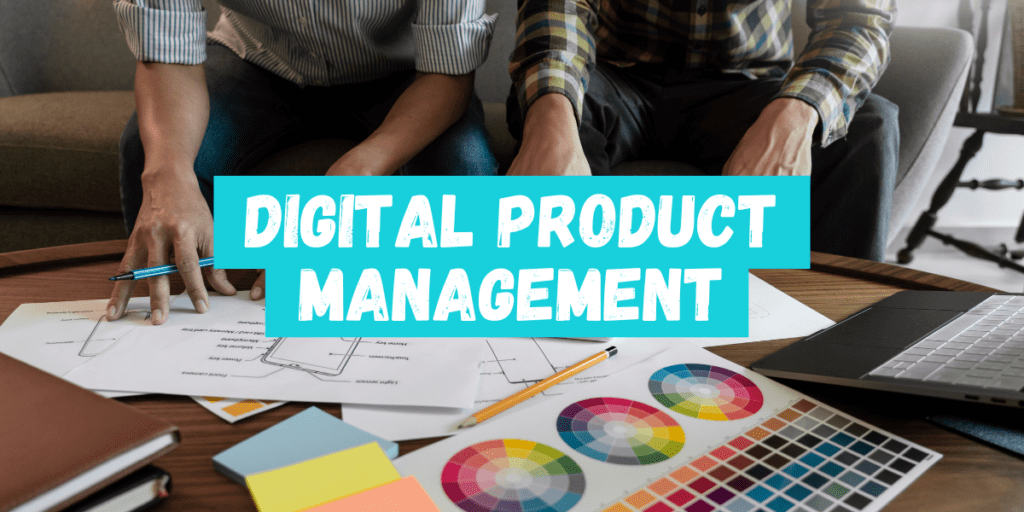
As a digital product manager, your role is to oversee the entire lifecycle of a product. This includes creating a product vision, designing user-centric experiences, strategic planning, managing the product life cycle, and following digital product management best practices.
Creating a Product Vision
Creating a product vision is the first step in developing a successful digital product. It involves defining the purpose of the product, identifying the target audience, and understanding their needs. A clear product vision will help guide the development process and ensure that everyone involved in the project is aligned on the goals and objectives.
User-Centric Design
User-centric design is the process of designing digital products with the user in mind. It involves understanding the user’s needs, preferences, and behaviors and using that information to create a product that is easy to use and understand. By putting the user first, you can create a product that is more likely to succeed in the market.
Strategic Planning
Strategic planning involves setting goals and objectives for the product and creating a plan to achieve them. This includes defining the product roadmap, prioritizing features, and identifying key performance indicators (KPIs) to measure success. A well-defined strategy will help ensure that the product is developed on time, within budget, and meets the needs of the target audience.
Managing the Product Life Cycle
Managing the product life cycle involves overseeing the development, launch, and ongoing maintenance of the product. This includes managing the project team, tracking progress, and making adjustments as needed. By managing the product life cycle effectively, you can ensure that the product is developed on time, within budget, and meets the needs of the target audience.
Digital Product Management Best Practices
Digital product management best practices involve following a set of guidelines and principles to ensure the success of the product. This includes using data to inform decision-making, prioritizing features based on user needs, and iterating on the product based on user feedback. By following digital product management best practices, you can increase the chances of developing a successful digital product.
ℹ️ Remember
In summary, product management is a critical aspect of developing successful digital products. By creating a product vision, designing user-centric experiences, strategic planning, managing the product life cycle, and following digital product management best practices, you can increase the chances of developing a successful digital product.
Using No Code
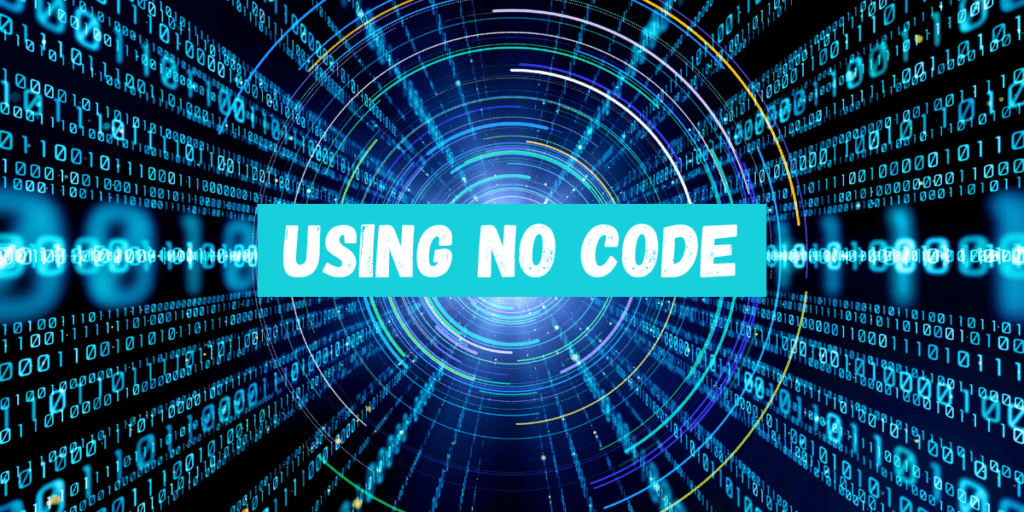
No code is a term that refers to the use of software tools that allow you to create digital products without writing code. These tools are designed to be user-friendly and do not require any programming knowledge. With no code, you can create websites, mobile apps, and other digital products quickly and easily.
There are many benefits to using no code. Here are some of the advantages:
- Fast Development: No code tools allow you to create digital products quickly, which is great if you want to get your product to market as soon as possible.
- Lower Costs: Since you don’t need to hire a developer, you can save a lot of money on development costs.
- More Control: With no code, you have more control over the development process. You can make changes to your product quickly and easily without having to rely on a developer.
- Easier Collaboration: No code tools make it easy to collaborate with others on your project. You can invite team members to work on your project and share your progress with them.
There are many no code tools available on the market. Here are some of the most popular ones:
| Tool | Description
|
|---|---|
| Bubble | Bubble is a no code platform that allows you to create web and mobile applications without writing code.
|
| Glide | Glide is a no code platform that allows you to create mobile applications from Google Sheets.
|
| Webflow | Webflow is a no code platform that allows you to create responsive websites without writing code.
|
| Zapier | Zapier is a no code platform that allows you to automate workflows between different apps. |
ℹ️ Remember
No code is a great option for anyone who wants to create digital products quickly and easily. Whether you’re an entrepreneur, a small business owner, or a marketer, no code can help you bring your ideas to life.

20 No-Code Apps and Tools to Jumpstart Your Startup
Want to delve deeper into No Code tools and find out how to use and take advantage of these to build a digital product? Read my guide below
8 Free Platforms to Sell Digital Products for Free
Looking to sell your digital products without spending a dime upfront? You’re in for a treat. There’s a plethora of platforms out there that provide you with the opportunity to do just that. From ebooks to online courses, software to music, the options are diverse.
Before you dive into selling, let’s get a grasp on what digital products entail. These intangible items, such as ebooks, music tracks, and online courses, can be easily shared or downloaded online. This makes them a cost-effective choice for creators and business owners seeking higher profits.
In this guide, we’ll walk you through the top free platforms for selling digital products. We’ll delve into the benefits and drawbacks of each platform, explore the variety of digital products you can sell, and even share insights on effectively marketing your offerings. Whether you’re an artist, writer, musician, or entrepreneur, these platforms offer the perfect avenue to sell your digital creations and broaden your reach.

8 Free Platforms to Sell Digital Products for Free
Now time to find out the top 8 platforms to be able to sell your digital products
Digital Products using AI
In the ever-evolving landscape of digital entrepreneurship, AI has emerged as a game-changer, empowering creators to craft stunning digital products with unprecedented ease and efficiency. Whether you’re a seasoned entrepreneur or just stepping into the digital world, harnessing the potential of AI can elevate your product creation process to new heights.
Imagine a world where AI algorithms generate captivating designs, craft engaging content, and even predict customer preferences – all while you focus on unleashing your creative vision. From AI-powered graphic design tools that breathe life into your brand visuals to AI-generated content that resonates with your audience, the possibilities are boundless.
Embracing AI in your digital product journey not only expedites the process but also adds an element of innovation and uniqueness that captivates users. Whether you’re crafting compelling mobile apps, stunning digital art, or cutting-edge e-learning platforms, AI can be your creative co-pilot, guiding you towards excellence.

Discover 6 Digital Products Using AI That Can Earn You $5,000+ a Month!
Want to know a quick way to make digital products using AI and start earning big bucks within a week or so?
Digital Products to Sell On Etsy
Lightroom Presets: Lightroom presets are a popular digital product for photographers. They allow photographers to quickly and easily edit their photos with a single click. Lightroom presets can be created for different types of photography, including landscape, portrait, and wedding photography.
Wall Art: Wall art is a popular category on Etsy, and digital downloads make it easy for sellers to offer a variety of designs without any additional production costs. Sellers can create wall art using Adobe Illustrator or other design software and offer a variety of designs, including typography, illustrations, and photographs.
Wedding Invitations: Wedding invitations are another popular digital product on Etsy. Sellers can create custom wedding invitations using Adobe Illustrator or other design software and offer a variety of designs, including modern, vintage, and rustic.
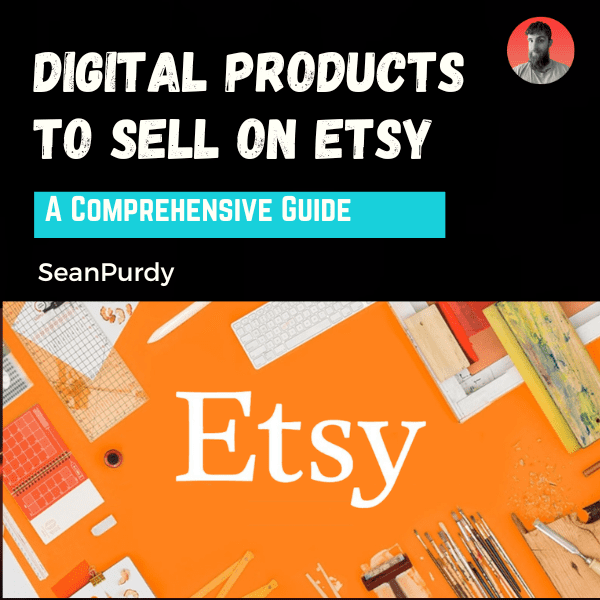
Digital Products to Sell on Etsy: A Comprehensive Guide
Want to go in-depth on how to sell digital products on Etsy? then read more here: Digital Products to Sell on Etsy: A Comprehensive Guide
How to Sell Digital Products on Shopify
Looking to kickstart your online venture? Shopify has got you covered! Selling digital products through this user-friendly platform is an excellent way to launch your online business. Whether you’re offering eBooks, courses, music, or any digital treasure, Shopify ensures a seamless selling experience.
The perks of selling digital products are endless. Instant delivery to customers means no shipping hassle, making it a win-win for both you and your buyers. To begin, create your own unique products or explore reselling opportunities. Then, it’s as simple as setting up your Shopify store and adding your products to the mix.
When it comes to pricing, your digital gems deserve the right tag. Consider the value you offer, and explore pricing strategies like tiered options, pay-what-you-want choices, or enticing subscriptions.
Remember, marketing is the key to success. Spread the word through social media, captivating emails, or opt for paid advertising to reach your target audience.
Unlock a world of possibilities by selling digital products on Shopify. With the perfect products and a dash of marketing magic, you’ll build a flourishing business and delight your customers with unmatched value.

How to sell digital products on shopify like a pro
Ok so now you know How to sell digital products on shopify like a pro, time to delve fully in to the world of digital products
How to Create Digital Products on Canva
In today’s digital age, creating and selling digital products has become a lucrative and accessible venture for individuals and businesses alike. With the rise of online marketplaces and the growing demand for digital content, crafting your own digital products has never been easier. Whether you’re an aspiring artist, a skilled writer, an educator, or an entrepreneur looking to diversify your income streams, the potential to monetize your creativity and expertise is within reach.
Enter Canva, a powerful and user-friendly design platform that opens the door to endless possibilities in the realm of digital product creation. From eye-catching graphics to engaging eBooks, Canva provides an intuitive interface coupled with a robust set of tools that enables users of all skill levels to design with finesse. This guide is your passport to exploring the world of digital product creation on Canva, whether you’re a seasoned designer or a novice eager to unleash your creativity.

Canva: The Ultimate Guide to Designing Digital Products
Level up your design skills with the easy to use canva software.
Conclusion
Congratulations! You have now completed the ultimate guide to digital products. You have learned how to create valuable products and implement digital transformation. You have also discovered the benefits of having a strong value proposition and how to use digital channels to market your products effectively.
By following the steps outlined in this guide, you can create digital products that meet the needs of your end-users, build strong relationships with your customers, and generate profits for your business. You have also learned how to leverage economies of scale to create products that can be sold to a niche audience.
Remember, creating digital products is not just about making money. It’s about providing value to your customers and making their lives easier. By providing a free guide, templates, or other resources, you can establish yourself as an authority in your field and attract more customers.
In addition, using tools like Hubspot and Salesforce can help you manage your sales and marketing efforts more efficiently. By automating your processes, you can save time and focus on creating more valuable products.
Finally, don’t forget that creating digital products is a continuous process. You will need to stay up-to-date with the latest trends and technologies to remain competitive. By working with marketing professionals and staying connected with your customers, you can continue to improve your products and grow your business.
Thank you for reading this guide. We hope you found it useful and informative. Good luck on your journey to creating successful digital products!
FAQ
An example of a digital product is an e-book, which is a digital version of a book that can be read on electronic devices such as e-readers, tablets, or smartphones. Other examples include software applications, online courses, music downloads, and digital art.
A digital product refers to any product or asset that is in digital or electronic format and can be accessed, downloaded, or consumed through digital means. Unlike physical products, digital products exist in the virtual realm and can be distributed and delivered electronically.
The four categories of digital products are:
Informational Products: These products provide valuable information, knowledge, or expertise to the audience. Examples include e-books, online courses, webinars, and instructional videos.
Creative Products: These products involve digital content created for artistic or creative purposes. Examples include digital art, graphic design templates, music downloads, and stock photography.
Software Products: These products are computer programs or applications that provide specific functionalities or solve particular problems. Examples include mobile apps, software plugins, productivity tools, and video games.
Membership/Subscription Products: These products grant access to exclusive content, services, or communities for a recurring fee. Examples include subscription-based platforms, membership websites, premium content libraries, and online communities.
Digital products offer various benefits and functionalities depending on their nature. They can entertain, educate, provide convenience, solve problems, enhance productivity, or facilitate communication. Digital products enable users to access valuable resources, acquire new skills, enjoy entertainment media, streamline workflows, and connect with others in the digital realm
